Related Research Articles
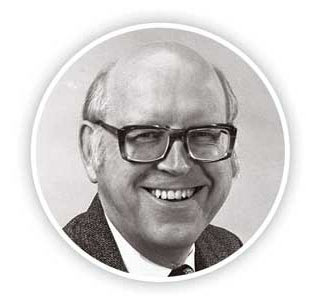
Allen Newell was an American researcher in computer science and cognitive psychology at the RAND Corporation and at Carnegie Mellon University's School of Computer Science, Tepper School of Business, and Department of Psychology. He contributed to the Information Processing Language (1956) and two of the earliest AI programs, the Logic Theorist (1956) and the General Problem Solver (1957). He was awarded the ACM's A.M. Turing Award along with Herbert A. Simon in 1975 for their contributions to artificial intelligence and the psychology of human cognition.
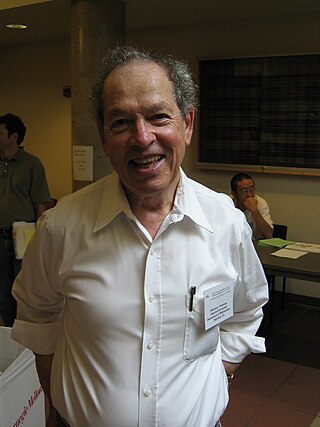
Solomon Feferman was an American philosopher and mathematician who worked in mathematical logic. In addition to his prolific technical work in proof theory, computability theory, and set theory, he was known for his contributions to the history of logic and as a vocal proponent of the philosophy of mathematics known as predicativism, notably from an anti-platonist stance.
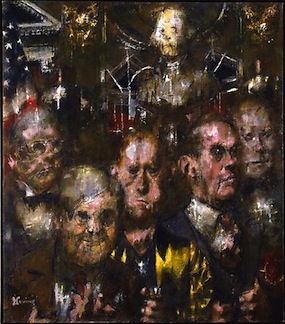
Jack Levine was an American Social Realist painter and printmaker best known for his satires on modern life, political corruption, and biblical narratives. Levine is considered one of the key artists of the Boston Expressionist movement.
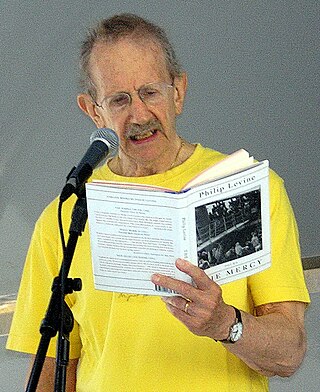
Philip Levine was an American poet best known for his poems about working-class Detroit. He taught for more than thirty years in the English department of California State University, Fresno and held teaching positions at other universities as well. He served on the Board of Chancellors of the Academy of American Poets from 2000 to 2006, and was appointed Poet Laureate of the United States for 2011–2012.
Allan Gurganus is an American novelist, short story writer, and essayist whose work, which includes Oldest Living Confederate Widow Tells All and Local Souls, is often influenced by and set in his native North Carolina.

Robin Davis Gibran Kelley is an American historian and academic, who is the Gary B. Nash Professor of American History at the University of California, Los Angeles (UCLA).

Guy Antony Jameson, FRS, FREng is Professor in the Department of Aerospace Engineering at Texas A&M University. Jameson is known for his pioneering work in the field of computational fluid dynamics. He has published more than 300 scientific papers in a wide range of areas including computational fluid dynamics, aerodynamics, and control theory.
Victor William Guillemin is an American mathematician. He works at the Massachusetts Institute of Technology in the field of symplectic geometry, and he has also made contributions to the fields of microlocal analysis, spectral theory, and mathematical physics.

Theodore Wilbur Anderson was an American mathematician and statistician who specialized in the analysis of multivariate data. He was born in Minneapolis, Minnesota. He was on the faculty of Columbia University from 1946 until moving to Stanford University in 1967, becoming Emeritus Professor in 1988. He served as Editor of Annals of Mathematical Statistics from 1950 to 1952. He was elected President of the Institute of Mathematical Statistics in 1962.

Paul Roesel Garabedian was a mathematician and numerical analyst. Garabedian was the Director-Division of Computational Fluid Dynamics at the Courant Institute of Mathematical Sciences, New York University. He is known for his contributions to the fields of computational fluid dynamics and plasma physics, which ranged from elegant existence proofs for potential theory and conformal mappings to the design and optimization of stellarators. Garabedian was elected a member of the National Academy of Sciences in 1975.
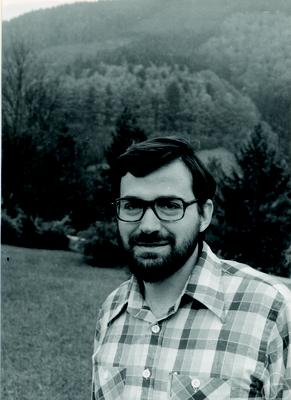
George C. Papanicolaou is a Greek-American mathematician who specializes in applied and computational mathematics, partial differential equations, and stochastic processes. He is currently the Robert Grimmett Professor in Mathematics at Stanford University.

Ingram Olkin was a professor emeritus and chair of statistics and education at Stanford University and the Stanford Graduate School of Education. He is known for developing statistical analysis for evaluating policies, particularly in education, and for his contributions to meta-analysis, statistics education, multivariate analysis, and majorization theory.

Harold Grad was an American applied mathematician. His work specialized in the application of statistical mechanics to plasma physics and magnetohydrodynamics.
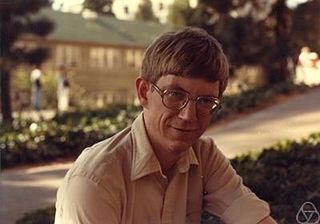
Iain Murray Johnstone is an Australian born statistician who is the Marjorie Mhoon Fair Professor in Quantitative Science in the Department of Statistics at Stanford University.
Brian Cabell White is an American mathematician who specializes in differential geometry and geometric measure theory. He is a professor of mathematics and former chair of the mathematics department at Stanford University. He played a key role in the solution of the double bubble conjecture, that the minimum-area enclosure of two volumes is formed from three spherical patches meeting in a circle and forming dihedral angles of 2π/3 with each other, by proving that the optimal solution to this problem is necessarily a surface of revolution.
Max Shiffman was an American mathematician, specializing in the calculus of variations, partial differential equations, and hydrodynamics. He was a Guggenheim Fellow for the academic year 1951–1952.
References
- ↑ "Department of Mathematics - Stanford University". math.stanford.edu. Archived from the original on 2006-12-05.
- ↑ "All Fellows - John Simon Guggenheim Memorial Foundation". Archived from the original on 2011-06-22. Retrieved 2010-12-18.
- ↑ Harold Levine
- ↑ Harold Levine Books